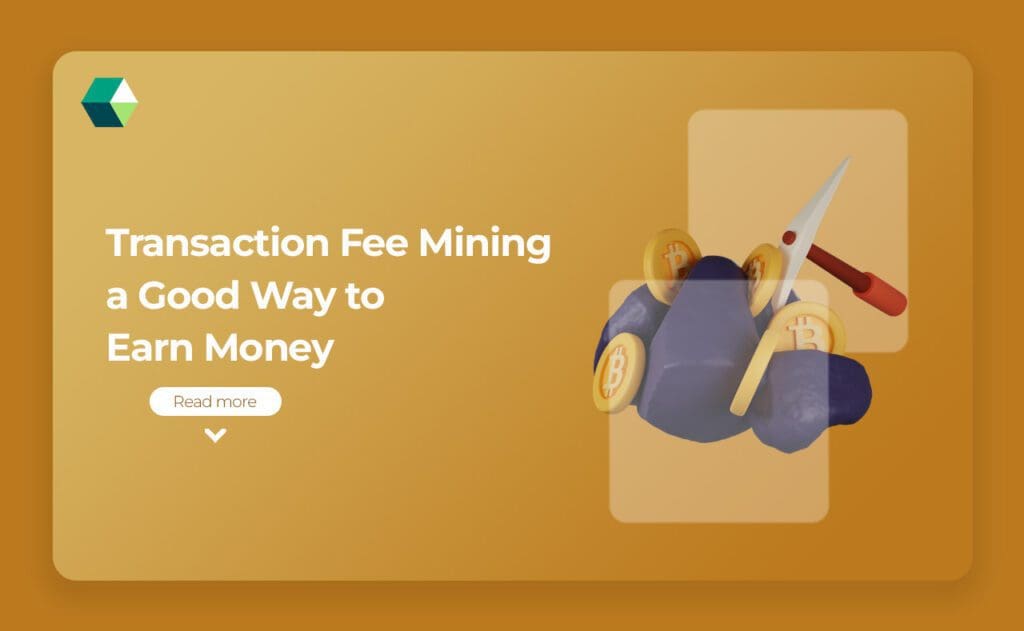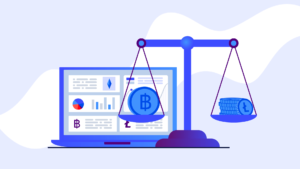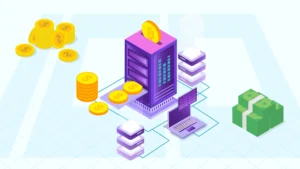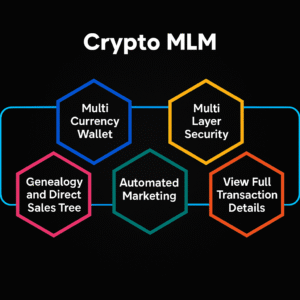
Transaction fee mining has emerged as an intriguing avenue for cryptocurrency enthusiasts and investors looking to earn passive income. As decentralized finance ( DeFi) continues to evolve, understanding the mechanics and potential rewards of this process becomes essential for anyone looking to maximize their investments. Here’s a closer look at transaction fee mining and its benefits.
Understanding Transaction Fee Mining
At its core, transaction fee mining involves participants receiving rewards for validating transactions on a blockchain network. In proof-of-stake (PoS) and delegated proof-of-stake ( DPoS) systems, miners or validators earn fees paid by users who execute transactions. These fees are collected and redistributed among those who support the network, creating a cycle of mutual benefit. By contributing to the network’s security and efficiency, participants can earn a steady stream of income, often paid in the form of the native cryptocurrency.
Benefits of Participation
One of the most appealing aspects of transaction fee mining is the potential for generating passive income. Unlike traditional mining, which requires substantial hardware investment and energy costs, transaction fee mining can be more accessible. Many networks allow users to participate with minimal technical knowledge or resources. This democratization means that even casual investors can benefit from the rewards of validating transactions, making it an attractive option for many.
Additionally, as the value of cryptocurrencies fluctuates, so too can the rewards from transaction fee mining. This volatility can lead to lucrative returns during bullish market conditions. Moreover, participating in transaction fee mining can help individuals build their cryptocurrency portfolios over time, potentially leading to significant gains.
Risks and Considerations
While transaction fee mining presents numerous opportunities, it’s essential to recognize the associated risks. The cryptocurrency market is notoriously volatile, and participants can experience fluctuations in income due to changing transaction volumes and fees. Moreover, some networks may implement changes that affect reward structures or introduce additional fees, which can impact profitability.
Investors must also consider the security of the network they choose to participate in. Some lesser-known projects may lack robust security measures, making them vulnerable to hacks or exploits. Flash arbitrage opportunities can sometimes arise in such scenarios, but they also come with inherent risks. Conducting thorough research before committing funds to any transaction fee mining venture is crucial to mitigate these risks.
Selecting the Right Platform
Choosing the right blockchain network for transaction fee mining is critical to maximizing earnings. Popular networks, such as Ethereum, offer established systems with high transaction volumes, leading to more significant potential rewards. However, newer platforms might provide enticing incentives to attract participants, which could result in higher returns despite their associated risks.
When evaluating potential networks, look for transparency in their operations, historical transaction volumes, and community engagement. Platforms with active user bases often indicate a reliable network with potential for growth. Additionally, exploring the community forums and discussions can provide insights into the experiences of other miners, helping you make an informed decision.
Strategies for Maximizing Earnings
To make the most of transaction fee mining, consider employing specific strategies that can enhance your returns. One approach is to diversify across multiple platforms, spreading your risk and taking advantage of various reward structures. This strategy can help cushion against losses on any single network, as the performance of different platforms may vary.
Staying informed about network upgrades and changes can also play a vital role in maximizing earnings. Many blockchain networks undergo regular updates to improve efficiency and security, which can directly impact transaction fees and rewards. Engaging with community discussions or following industry news can help you stay ahead and adapt your strategies accordingly.
Future of Transaction Fee Mining
As the cryptocurrency landscape continues to evolve, transaction fee mining is poised to remain a viable option for those looking to earn money in the digital economy. With advancements in blockchain technology and an increasing number of platforms adopting transaction fee mining models, opportunities are likely to expand. Moreover, as DeFi becomes more mainstream, the demand for efficient and secure transaction validation will only grow, potentially increasing the rewards for participants.
How can you Join Transaction Fee Mining Fee at Nadcab Labs?
To join transaction fee mining at Nadcab Labs, first create an account and verify your identity. Next, connect your cryptocurrency wallet and deposit the required funds. Then, choose a mining pool if available or opt to participate in overall platform mining. Activate your mining participation to start earning from transaction fees, and regularly monitor your earnings. Once you accumulate rewards, you can easily withdraw them to your connected wallet for access.







